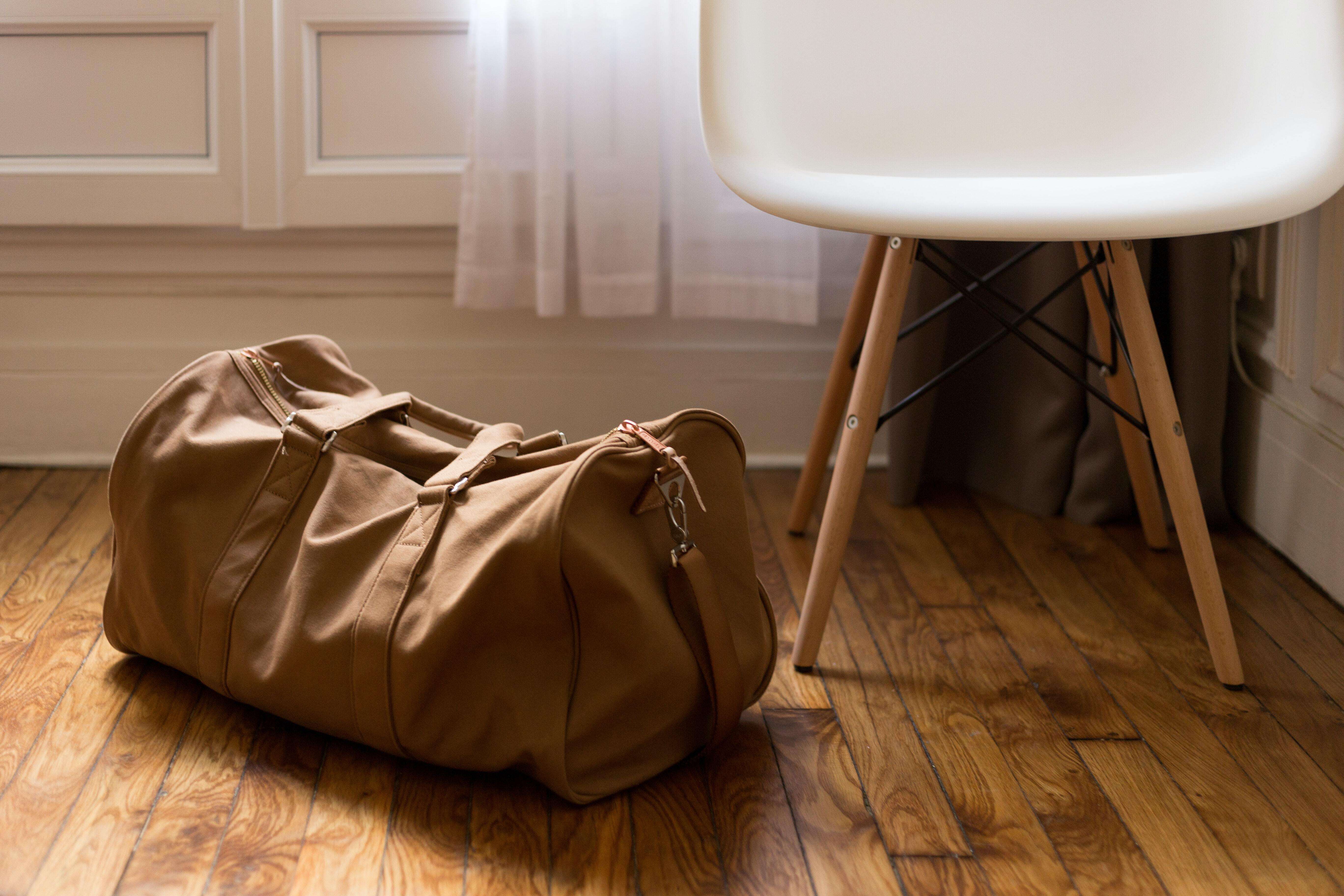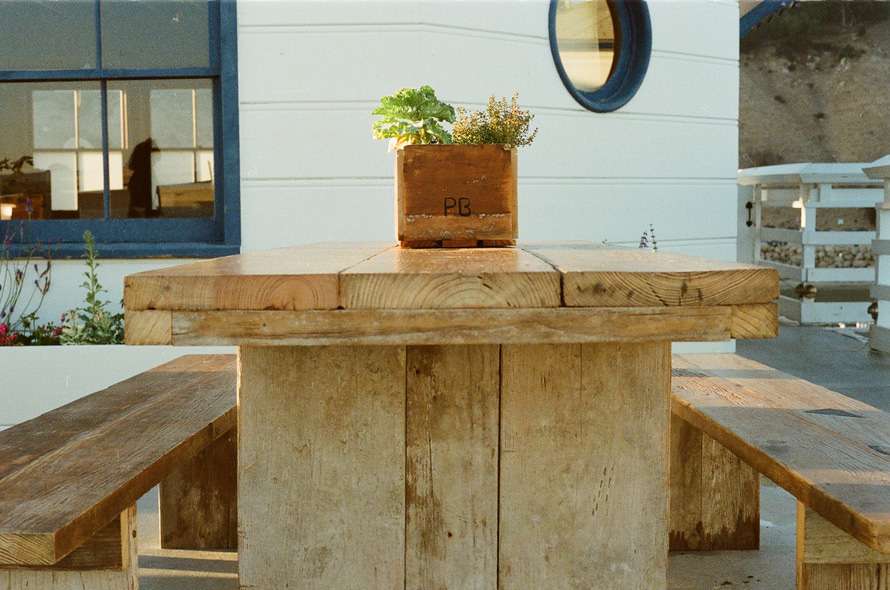
Photodegradation caused by UV and visible light exposure can cause drastic color changes in natural wood. Image Source: Unsplash user Zbysiu Rodak
The sun’s color shifting effects on wood are obvious to anyone who has seen the stark white limbs of driftwood on a beach or the silvery gray of a weathered barn. Or, more frustratingly, anyone who’s moved a piece of furniture only to discover that the hardwood flooring underneath is a distinctly different color than the rest of the room. These color changes are the product of a series of photochemical reactions on the surface of the wood primarily resulting from ultraviolet radiation, or UV light, with visible light also contributing to the shift in coloration.
Not only do these color shifts often disrupt a pleasing aesthetic appearance of wood products, they also indicate degradation of the wood itself, compromising durability and structural integrity. UV-resistant clear coating can prevent both undesirable aesthetic and material changes, but formulating these products requires exacting color measurement to optimize efficacy.
The Need for Transparent UV-Resistant Clear Coating Systems
To protect wood products from color change resulting from light exposure, commercial producers and hobbyists alike use a range of UV-resistant finishing products that shield the vulnerable wooden surface from the photodamage of both natural and artificial light sources. Today, these products primarily take the form of pigmented stains in which the pigment itself offers varying levels of UV protection. However, pigmented products inherently alter the color of the wood and clear coat alternatives have not historically been formulated to offer comparable UV protection, much to the frustration of woodworkers who wish to maintain a natural appearance by using transparent finishes. As noted in Paint & Coatings Industry magazine:
Transparent systems that allow the natural features of wood – including color, grain and texture – to remain visible are attracting interest and demand for them has been increasing. However, the long-term instability of such transparent systems in outdoor applications has so far seriously hindered them from becoming more widespread. The main reason for this instability is the UV light transparency of the topcoats and the extreme sensitivity of certain wood components, particularly lignin, to UV light degradation.1
According to Mark Knaebe, a chemist at Forest Products Laboratory, most UV-resistant clear coatings currently act more like a sunscreen than a long-lasting solution for photodegradation. “The organic molecules can only handle so many photons before they fall apart.”2 Sometimes, UV protection can last as little as a few months, resulting in not only rapid color change, but mechanical degradation of the wood, compromising both appearance and function.

Clear coatings allow the natural beauty and character of the wood to shine through, but poor UV protection leaves it vulnerable to yellowing and darkening over time. Image Source: Unsplash user Erol Ahmed



